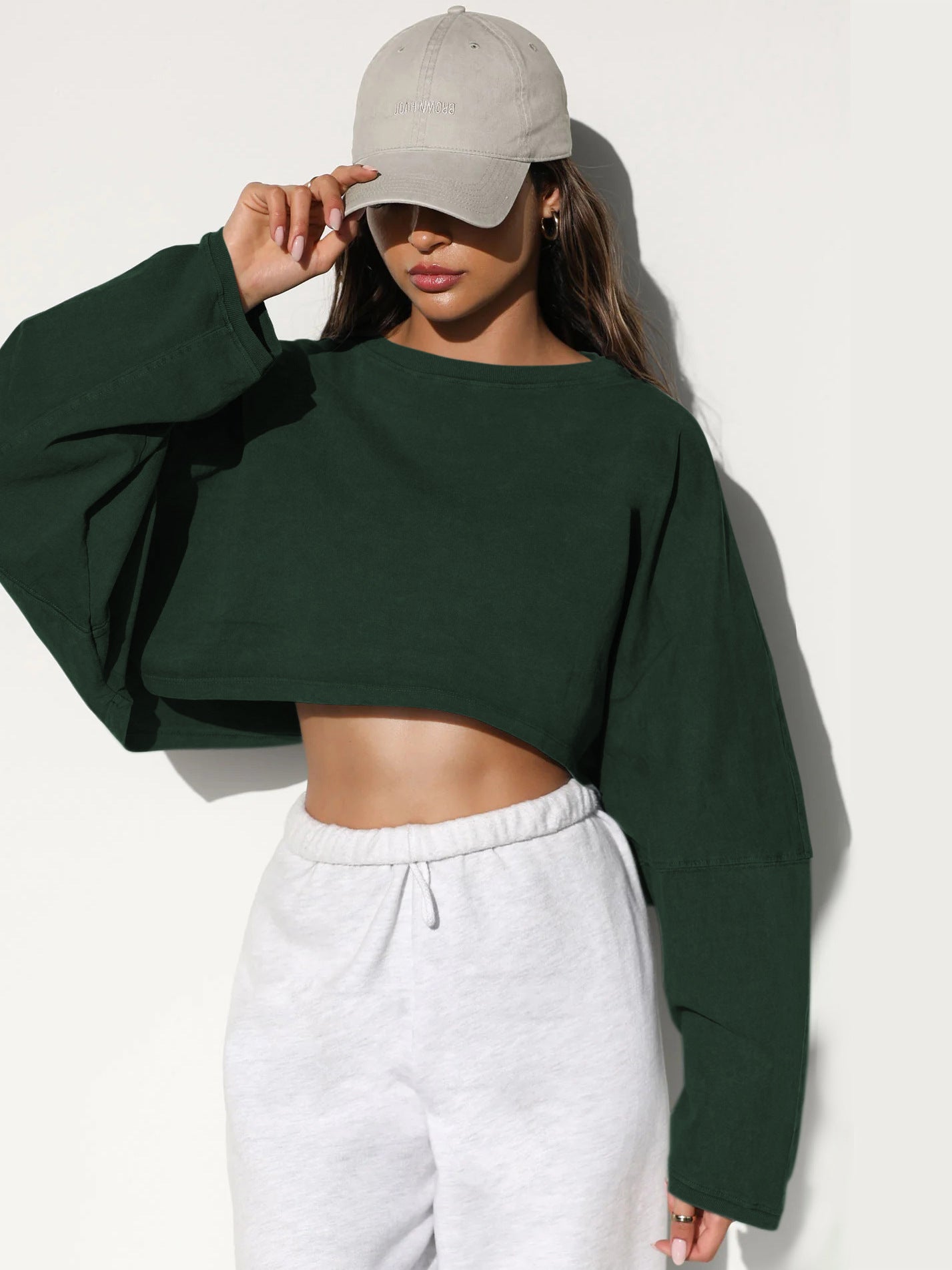In today's fitness-conscious and fashion-forward world, starting your own sportswear brand can be an exciting and rewarding entrepreneurial venture. Whether you are passionate about sports, fashion, or both, here are the steps to help you launch your own successful sportswear brand.
I. Market Research
Before diving into the world of sportswear, it's crucial to conduct thorough market research. Understand the current trends, customer preferences, and the competitive landscape. Consider the following:
1. Target Audience: Determine who your ideal customers are. Are you targeting professional athletes, fitness enthusiasts, or a specific demographic such as women or men? Understanding your target audience's needs, wants, and pain points will help you design products that resonate with them.
2. Competitor Analysis: Study existing sportswear brands. Analyze their product offerings, pricing strategies, marketing tactics, and brand positioning. Identify gaps in the market that your brand can fill.
3. Industry Trends: Keep an eye on the latest trends in sportswear, including materials, designs, and technologies. This will help you stay ahead of the curve and offer products that are in demand.
II. Brand Identity
A strong brand identity is essential for standing out in a crowded market. Here are the key elements to consider:
1. Brand Name: Choose a unique and memorable brand name that reflects your brand's values and personality. Make sure it's easy to pronounce and spell.
2. Brand Logo: Design a logo that is visually appealing and represents your brand. It should be scalable and work well on various platforms, including clothing labels, packaging, and marketing materials.
3. Brand Values: Define your brand's values and mission. What sets your sportswear brand apart? Are you focused on sustainability, performance, or style? Communicate these values through your marketing and branding efforts.
4. Brand Personality: Develop a brand personality that connects with your target audience. Are you fun and energetic, or more serious and professional? This will help you create a consistent brand experience across all touchpoints

III. Product Development
Once you have a clear understanding of the market and your brand identity, it's time to start developing your sportswear products. Consider the following:
1. Product Range: Decide on the types of sportswear you want to offer. This could include activewear, workout clothes, athleisure wear, or sport-specific apparel. Consider your target audience's needs and preferences when choosing your product range.
2. Materials and Quality: Choose high-quality materials that are comfortable, durable, and functional. Research different fabrics and technologies to ensure your products meet the needs of athletes and fitness enthusiasts.
3. Design and Style: Create designs that are stylish, functional, and on-trend. Consider factors such as fit, color, and pattern. Hire a professional designer or work with a design agency if needed.
4. Sizing and Fit: Ensure your products come in a range of sizes to accommodate different body types. Conduct fit tests to ensure your clothing is comfortable and flattering.


IV. Manufacturing and Sourcing
Finding the right manufacturing partner is crucial for producing high-quality sportswear. Consider the following options:
1. Domestic Manufacturing: If possible, consider manufacturing your products domestically. This can offer better quality control and shorter lead times. However, it may be more expensive than overseas manufacturing.
2. Overseas Manufacturing: Many sportswear brands choose to manufacture their products overseas, especially in countries with lower labor costs. However, this can come with challenges such as longer lead times, quality control issues, and communication barriers. Do your research and choose a reliable manufacturer.
3. Sourcing Materials: Source high-quality materials from reputable suppliers. Consider factors such as sustainability, quality, and price. Build relationships with your suppliers to ensure a reliable supply chain.
V. Marketing and Promotion
Once your products are ready, it's time to start marketing and promoting your sportswear brand. Consider the following strategies:
1. Online Presence: Build a professional website and e-commerce store. Optimize your website for search engines to increase visibility. Use social media platforms to engage with your audience and promote your brand.
2. Influencer Marketing: Partner with influencers and athletes who align with your brand values. They can help promote your products to their followers and increase brand awareness.
3. Content Marketing: Create valuable content such as blog posts, videos, and social media posts that educate and inspire your target audience. This can help establish your brand as an authority in the sportswear industry.
4. Events and Sponsorships: Participate in fitness events, trade shows, and sponsor athletes or teams. This can help increase brand exposure and build credibility.
VI. Customer Service
Providing excellent customer service is essential for building a loyal customer base. Consider the following:
1. Responsive Communication: Be responsive to customer inquiries and complaints. Provide timely and helpful responses to build trust and loyalty.
2.Quality Assurance: Ensure your products are of high quality and meet customer expectations. Offer warranties or guarantees to give customers peace of mind.
3. Returns and Exchanges: Have a clear returns and exchanges policy. Make it easy for customers to return or exchange products if they are not satisfied.
VII. Scaling and Growth
As your sportswear brand grows, you can consider expanding your product range, entering new markets, and exploring new marketing channels. Consider the following:
1.Product Expansion: Introduce new products and collections to keep your brand fresh and relevant. Consider expanding into related categories such as accessories or footwear.
2.International Expansion: If your brand is successful domestically,consider expanding into international markets. Research different markets and adapt your marketing and product offerings accordingly.
3. Partnerships and Collaborations: Partner with other brands, influencers, or organizations to reach new audiences and increase brand awareness.
In conclusion, starting your own sportswear brand requires careful planning, research, and execution. By following these steps and staying true to your brand values, you can create a
successful and sustainable business in the competitive world of sportswear.



